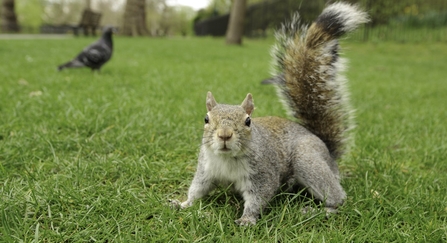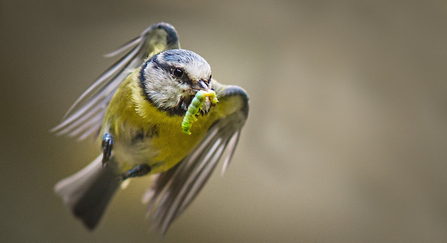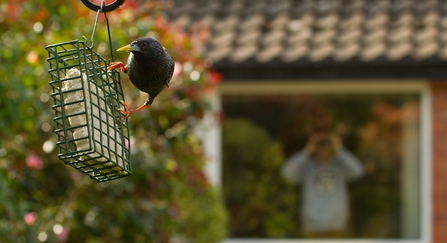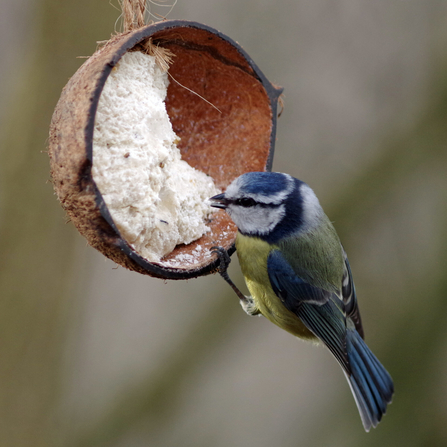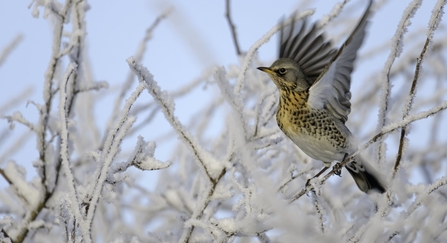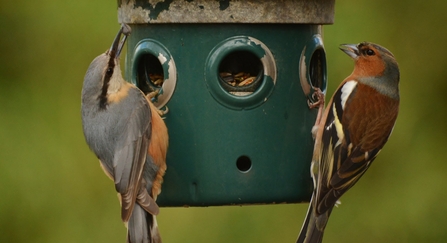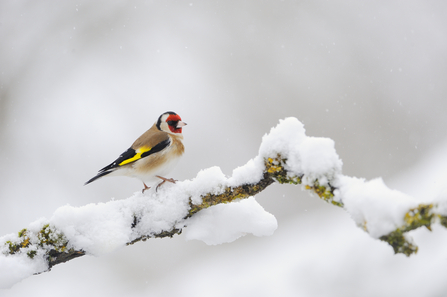
Fergus Gill/2020VISION
The heating is turned up, the fires are lit and many of us will want to be nestled in the toasty warmth of our duvets until spring arrives. Unfortunately, hibernation isn’t an option for humans and so, each morning, we pull back the curtains to see what kind of world winter has left us.
Some days the soft green grass is sharpened with a crisp rime of ice. On others, thick fat flakes fall from the sky, turning the world into a monochrome scene. Lakes and ponds are encased in ice and small glassy puddles shimmer ready to shatter under the weight of a single footstep.

